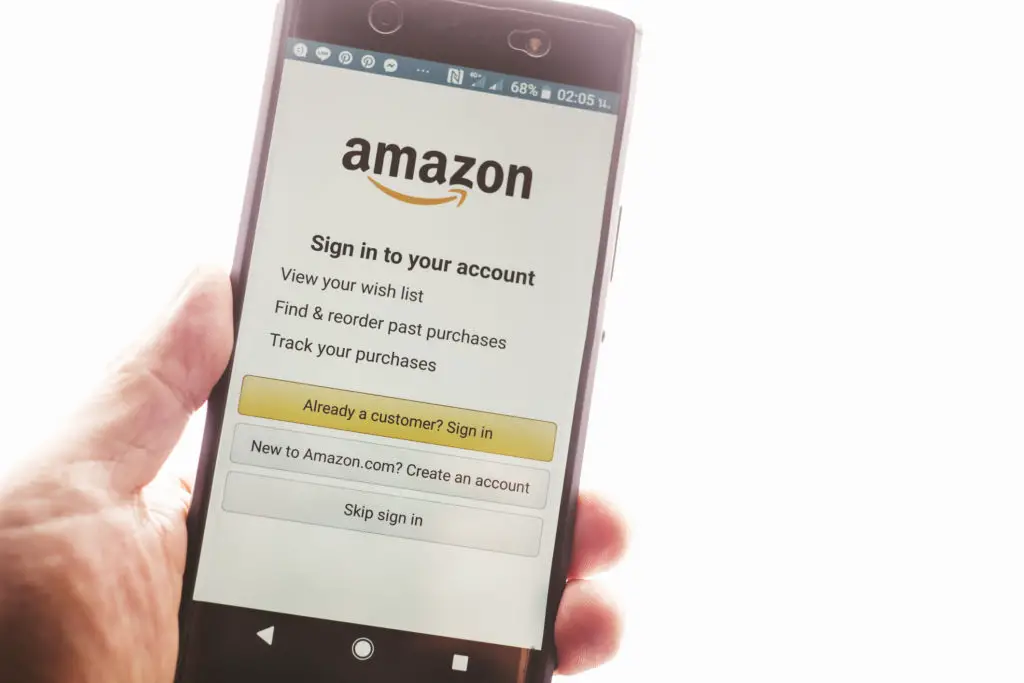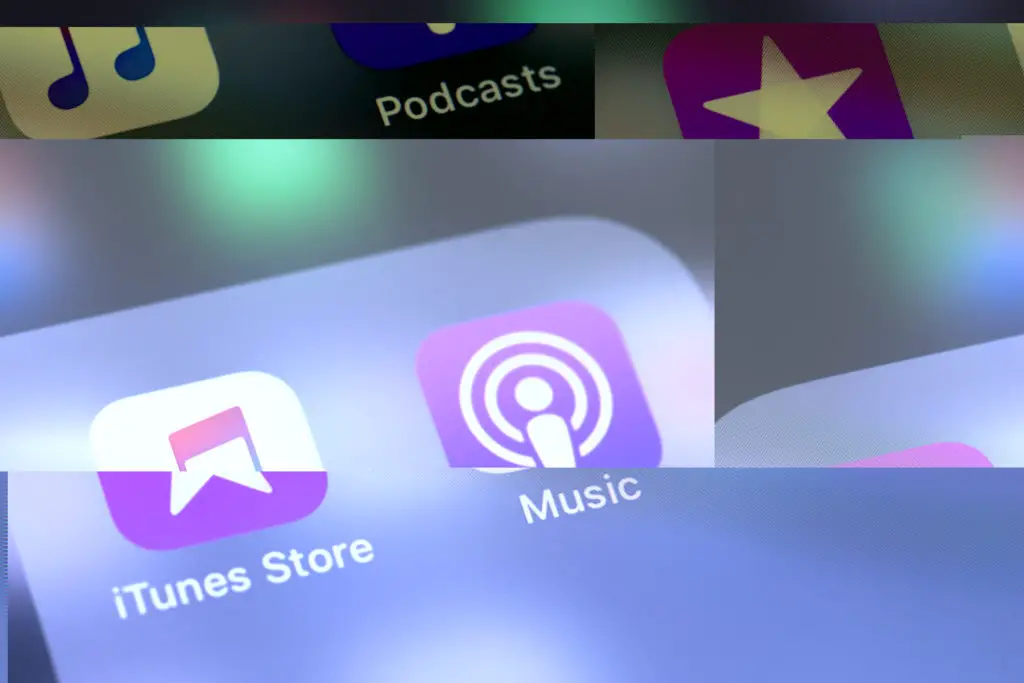Life before smartphones may seem like an alien or antiquated way of living, depending on one’s age, like imagining modern life without electricity. It’s undoubtedly the case that smartphones, accessible as they are, make daily life easier in the following ways:
- Convenience
- Entertainment
- Productivity
Let’s look at how the ubiquitous smartphone has positively impacted people.

Convenience
The Pew Research Center reported in 2021 that the vast majority of Americans - 97% - own a cellphone of some kind and that 85% of Americans own a smartphone.
The mobile phone has come a long way from its original function of allowing you to make phone calls on the go (provided you had access to a cellular connection). Today, most people have probably grown accustomed to the vast number of things you can do with your phone.
Managing Your Finances
With online banking, you no longer have to go to a physical bank to make a deposit or withdraw money. You can pay your bills and access your finances quickly and conveniently. Apps like PayPal or Zelle allow people to send money conveniently and securely in a process that might take a few minutes.
Unsurprisingly, cash has largely fallen to the wayside in favor of online services. In 2021, 40% of transactions at point of sale were with a credit card. Using a debit card was the second most common payment method, at a 30% share, while cash marked only 11% of transactions.
Usage of a credit or debit card increases digital transactions, whether through digital or mobile wallets or by allowing customers to manage their card and account online. These activities are aided by the ease of use of banking apps available on today's smartphones.
And mobile banking has become increasingly popular. In 2019 the FDIC surveyed that more than a third (34%) of American households reported mobile as their primary method of accessing their bank account.
With so many users, banks must take the security of their online services very seriously. They would suffer significant reputational damage if it was discovered that their customer information or finances were compromised.
Almost every financial stability survey includes cyberattacks among the top risks. However, that doesn’t mean a bank has never been hacked or targeted before. According to the Federal Reserve Bank of New York, financial firms may experience up to 300 times more cyber attacks than other institutions.
So although banks have many digital protections in place, they’re (understandably) a desirable and visible target for criminals. There’s some reassurance for customers that most bank accounts in the United States are FDIC-insured, and all major banks typically reimburse customers for any potential losses in the event of a cyber attack.
Which is to say, the added convenience of mobile banking does not inherently come with the sacrifice of security.
Some experts recommend keeping in mind that while the risk is low when it comes to mobile banking, consumer behavior on cell phones is often the weak link when it comes to security - it’s usually not the banking institution or the technology itself that criminals prefer to target.
That’s another reason why users should be aware of their digital habits and online privacy (and reading our articles is an excellent way to accomplish that).
Online Orders and Purchases
Of course, the latest smartphones do more than help you manage your finances. They also make it more convenient to spend and buy.
Smartphones are now the primary device for retail website traffic and orders. In 2021, smartphones accounted for 71% of retail site visits in the United States and generated 58% of online shopping orders.
That’s more than half of online shopping orders coming from mobile devices! Desktop computers generated only 27% of retail website traffic but represented 39% of all purchases.

Walmart and Amazon are the two most frequently used shopping apps in the United States, in that order. To show how common shopping via mobile devices has become, consider that in September 2018, more than 63 million users accessed Amazon Sites exclusively through their mobile devices. Making the platform the most popular among mobile-only online visitors.
But smartphones are used for more than just retail purchases. Many restaurants and other businesses in the food and drink industry now offer online ordering services via websites and apps.
Compared to placing an order over the phone or waiting until you’ve reached a place in person, ordering online can provide much more convenience and flexibility.
Bundling Functionality
We don’t always think of ourselves as carrying a computer around with us wherever we go, but that’s what smartphones are - a computer small enough to hold and operate in the hand.
With modern smartphones, people carry a device capable of connecting to the internet and comes built-in with a plethora of other features.
For most users, a smartphone eliminates the need for many other devices. It provides multiple functionalities in one convenient portable size that would have required purchases of separate physical hardware in the past. Consider purposes that your smartphone can provide:
- Camera
- Flashlight
- Alarm Clock
- Stopwatch / Timer
- Calculator
- Gaming Device
- Music Player
- Portable Video
- Voice Recorder
Those are just a few examples of some of the devices that smartphones have made unnecessary for most people.
Even things that weren’t commonly used by the average person in the past - like ebooks, scanners, GPS, etc. - we now have easy access to with smartphones. The all-encompassing reach of smartphones is also emphasized when considering their use as an entertainment system.
Entertainment
Games, music, video, books, news, internet - today’s smartphone does it all.
Mobile Gaming
It’s been estimated that mobile game revenues in 2021 accounted for 52% of the global market for game revenue, totaling around $93.2 billion. That number for mobile revenue includes tablet games, contributing $11.7 billion, and smartphone games, which provide the lion’s share with $81.5 billion.
That far surpasses the revenue generated from browser PC games ($2.6 billion) or console games ($50.4 billion).
In the United States, the number of mobile gaming users stands at 155.9 million - nearly half of the entire U.S. population.
Worldwide, revenue from mobile games is on track to surpass the 100 billion-dollar mark by 2023. Smartphone games are the largest category in the global games market in terms of revenue, and that doesn’t appear to be changing anytime soon.
One thing to keep in mind: Most companies collect data and personal information about their consumers, and mobile gaming companies do this. Companies can sometimes use this information to better focus their marketing or improve their product and services.
Many people tend to skim over or skip the “Privacy Policy” or “Terms and Conditions” entirely for many apps and services. For mobile games, many people may be eager to jump right into playing.
If a mobile game provides in-game purchases, the company may also store user payment information. Some privacy tradeoffs are inevitable when doing most things online. It’s almost impossible to remain anonymous for most online activities, especially on mobile. It’s still important to know what you’re signing up for when you play a mobile game and what data you may be giving away unknowingly.

Digital Music
The music industry has changed dramatically in response to changing technology.
With smartphones, people can listen to music on-demand wherever they go.
Here are some statistics on the U.S. music industry from the Recording Industry Association of America (RIAA) that show how digital dominates. As of 2021:
- Streaming accounts for 83% of recorded music revenues, coming in at $12.4 billion.
- The paid subscriptions to on-demand music services grew 11% to 84 million subscriptions.
- Revenues from paid subscriptions continued to account for by far the largest share of total music revenues (nearly two-thirds of total revenues) and grew 23% to $9.5 billion in 2021
In that RIAA report, streaming encompasses “a wide range of formats including paid subscriptions, ad-supported music streaming services, digital and customized radio, and licenses for music on Facebook and digital fitness apps.”
Such growth and profitably indicates how increasing numbers of people have turned to streaming music and paid subscriptions. In contrast, the primary option for listening to recorded music would have been by purchasing physical media in the past.
Video Streaming
And speaking of streaming services, smartphones let people watch videos not just on their computers but also on their TV or mobile device.
For one survey of U.S. users in 2021, 54 percent of respondents used their smartphones to watch online video content weekly. By comparison, only around 3 in 10 respondents reported using their tablet devices to do the same.
Connected TVs (TVs connected to the internet to stream video content) were particularly popular for the online video audience aged 35 and older. At the same time, users between 18 and 34 appear to prefer smartphones to watch online videos.
With popular video platforms on mobile devices like YouTube and TikTok, smartphones have become a significant source of entertainment, especially among younger age groups.
There are plenty of ways for smartphone users to get distracted by all these entertainment options. But smartphones also make everyday life easier by providing many tools for organization and productivity.
Productivity
Many people rely on software for their daily work or hobbies. There are so many ways that mobile apps can help. Check out our Recommended Tech page for some of our suggestions.
When it comes to productivity, smartphone apps allow you to :
- Check your email or messages without having to be at your desktop computer or laptop
- Keep in touch with coworkers in real-time to stay on top of updates and assignments
- Record ideas or notes on your phone without having to carry around a pen or paper
- Create and manage to-do lists, which you can share with others
- Upload and share files or documents from your phone
One example of the services available to smartphone users is Google Workspace. It consists of well-known products like Gmail, Google Calendar, Google Drive, and Google Docs Editors. As of April 2020, Google’s organization and productivity services suite had over 6 million paying businesses.
Finding Information
We have access to massive amounts of information with the internet and search engines, and results are retrievable within seconds.
If we have a question, we’re used to looking it up. This usually helps us figure out things faster. We don’t have to consult a library or find someone in person who is more knowledgeable to acquire new information. Online books, textbooks, and journals can also be accessed through your mobile device.
We’re used to making and receiving calls and text messages. We can also ask people for help more easily. We can quickly type up and send an email on our smartphones.
A survey by the Pew Research Center reports that while most Americans like their choices in today’s information-saturated world, around 20% say they feel overloaded by having so much information available. Yet two-thirds (67%) of people surveyed said that having more information at their disposal helped simplify their lives.
However! With how easy it is to both 1) find new information and 2) have the information you weren’t actively looking for be presented to you - it’s worth thinking about the type of content you’re consuming on your devices.
According to one survey, most smartphone users spend five to six hours on their phones daily, not including work-related use. Just five percent of the surveyed users said they spent less than an hour a day on their smartphones.
While that’s only one survey, and the situation will vary depending on the individual, it’s important to remember that although smartphones can make our daily lives easier in many areas, they should be used consciously and with an awareness of the benefits or downsides they may bring.